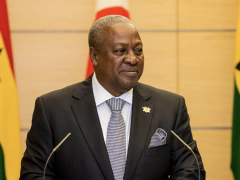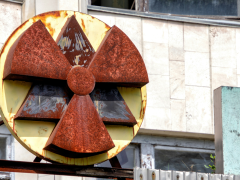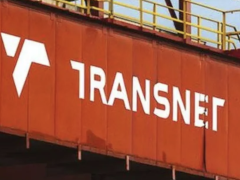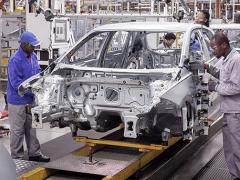Integration is the buzz-word
at Transnet Freight Rail
which is pushing ahead with
the creation of an automated,
integrated rail system that
can interface across the
supply chain with, amongst
others, ports and back of port
facilities, multi-user facilities,
freight and logistics parks and
hauliers and logistics service
providers.
“We cannot invest in new
locomotives and upgraded
rail facilities without fully
automating the systems and
ensuring they are integrated
with all the other Transnet
and customer systems,”
Sandra Gertenbach, executive
manager: strategy and
business planning in the
office of the chief executive,
told delegates at the Special
Interest Group (SIG)
Transport Forum in Midrand
last week.
A new TFR business
architecture model has
therefore been designed by the
business architecture team
within Transnet, said Janis
Myburgh, senior manager of
TFR’s business architecture
team at TFR.
He said the new model
would help improve
operational efficiencies for all
end-to-end business cycles
and help TFR add value to its
stakeholders.
“The new architecture
model works within a common
framework in a common
context, speaking the same
business language.” He said it
was therefore important for all
system users and stakeholders
to agree on a common game
plan on how pain points could
be identified and solved.
Gertenbach agreed,
pointing out that it was
critical for all logistics service
providers – including road
transporters – to collaborate
and align strategies to
ensure optimum efficiency
across the supply chain. “At
Transnet and TFR we are
cognisant of the fact that we
are not the best at everything
and we need our logistics
and supply chain partners to
share their knowledge, skills
and expertise.”
She added that it was also
a challenge for TFR to ensure
an efficient service if its
customers did not also come
to the party by investing in rail
sidings and equipment.
INSERT & CAPTION
We cannot invest
in new locomotives
and upgraded rail
facilities without
fully automating the
systems.
– Sandra Gertenbach
Comments | 0












